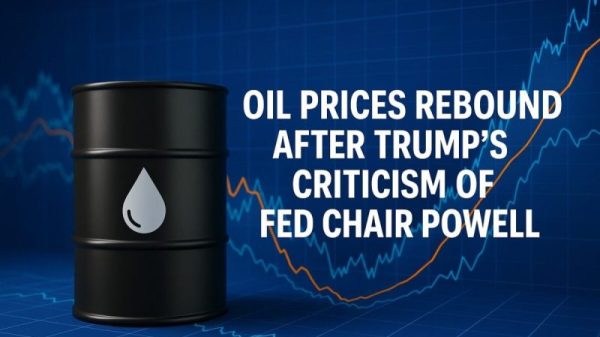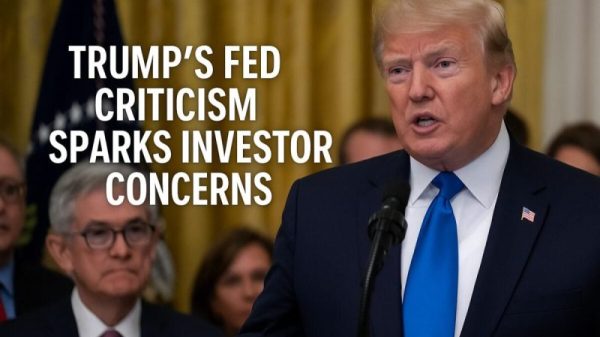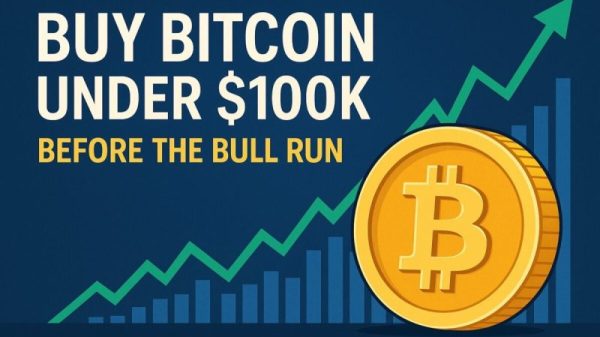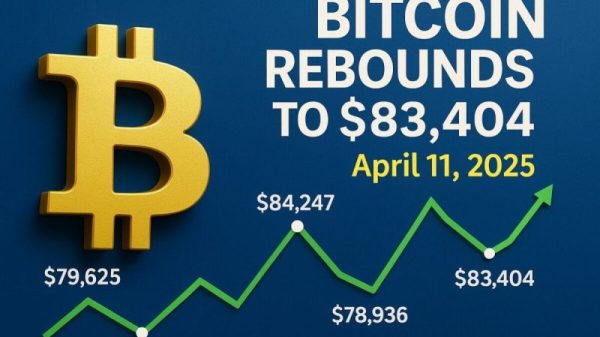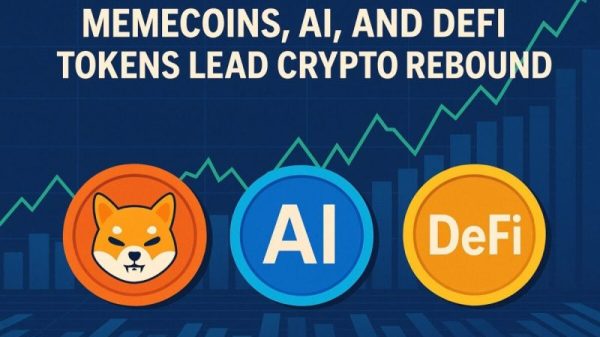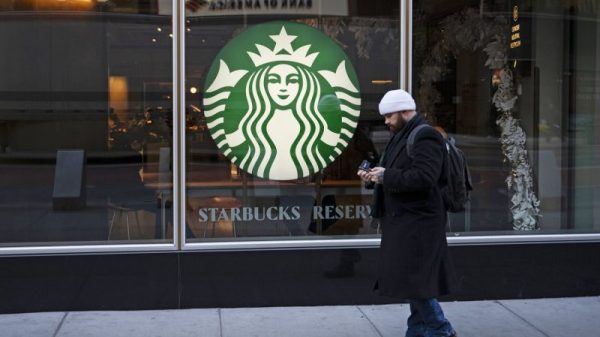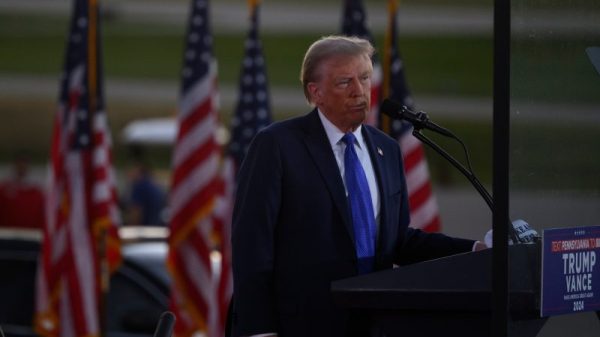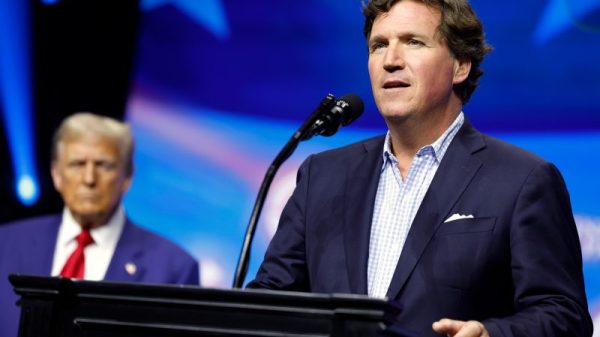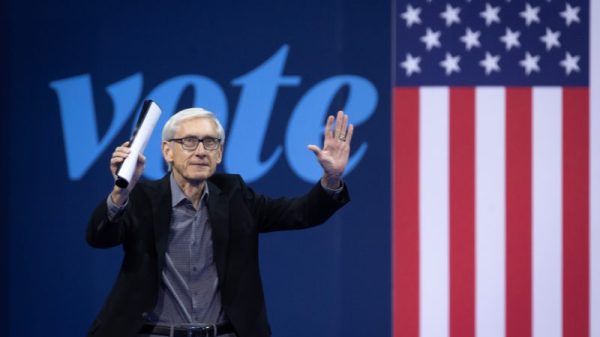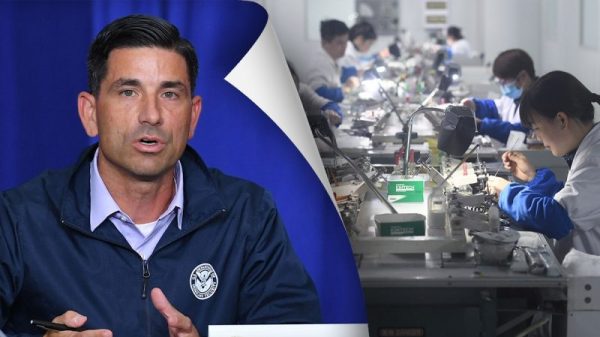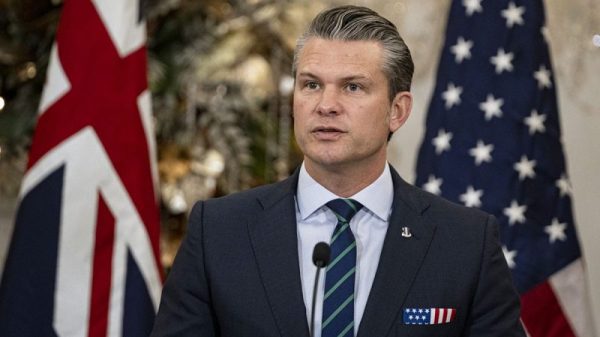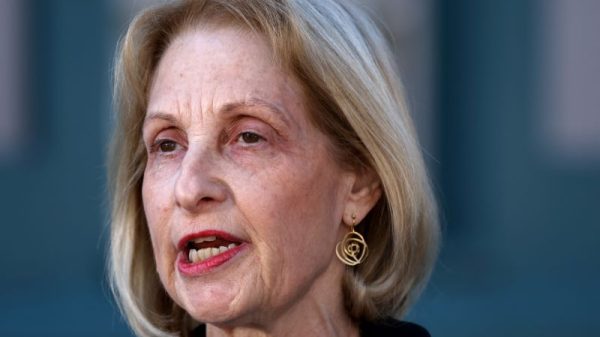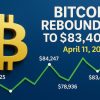The return of high inflation has brought forth theories of inflation that have nothing to do with monetary policy. The most popular of these is that rising corporate profits is the source of post-pandemic inflation–an idea that some have dubbed “greedflation.”
This theory is not new. A version of it was popular among some economists in the 1970s. It is just as mistaken now as it was then. If taken seriously, it could result in the same misguided policies that led to stagflation before.
To better understand the problems with greedflation, let’s start with the relationship between the growth rates of total dollar expenditure and total dollar income. Since every dollar spent by one person is received as income by another, these rates will always be equal.
The relationship between the two rates is not theoretical. It is tautological: it is true by definition. Thus, equivalence between the two rates must hold, irrespective of whether rising corporate profits are the source of inflation.
The growth rate of total dollar expenditure equals the sum of the growth rates of velocity, which measures how frequently a currency unit changes hands, and the money supply. If either the growth rate of money or velocity changes, so too will the growth rate of total dollar expenditures.
The growth rate of total dollar income equals the sum of inflation and real (i.e., inflation-adjusted) income, which economists measure using real GDP. Hence, if either rate changes, there will be an equivalent shift in total dollar income growth.
We can summarize these relationships as follows:
gM+gV=gP+gY
The left-hand side represents the growth rate of total dollar expenditure, which is the sum of the growth rates of money and velocity. The right-hand side reflects the growth rate of total dollar income, which is the sum of inflation and real income growth. Since we are interested in inflation, we can rearrange this relationship so that inflation is on the left-hand side:
gP=gM+gV-gY
What can this relationship tell us about greedflation?
Proponents of greedflation argue that firms use their market power to raise prices in order to earn higher profits. However, doing so requires that firms restrict their output. This restriction reduces real income growth, causing inflation to rise, all else equal.
The equation above tells us that, in order for greedflation to explain one percentage point of inflation, it must reduce real income growth by one percentage point. While an increase in market power would certainly affect real income growth, the magnitude necessary to explain inflation is implausibly large.
Consider that between 2009 and 2019, real income growth in the U.S. averaged 2.25 percent annually. If this rate fell by one percentage point, that would imply a nearly 50 percent reduction in the growth rate of real income. And, again, that would only account for a one percentage point increase in inflation.
In December 2019, the Fed’s long-term projection of real income growth in the U.S. was 1.9 percent. Between 2019 and 2022, the U.S. economy grew by an average of 1.6 percent annually. While this rate is below what the Fed projected just before the pandemic, it is only marginally so. It would account for a mere 0.3 percentage point increase in inflation—much less than the increase experienced over the period. In other words, the evidence that greedflation is to blame for the recent inflation is flimsy at best.
Is there another explanation of inflation that is consistent with the evidence?
Recall that inflation also depends positively on the growth rates of the money supply and velocity. If either rate increases, so too will inflation. Since these two rates determine the rate of total spending, it makes sense to look at that measure to understand the recent inflation.
Between 2019 and 2022, total dollar expenditure increased at an average rate of 6.7 percent annually. To put this figure in perspective, In December 2019, the implied rate of long-term spending growth indicated by the Fed’s Summary of Economic Projections was just 3.9 percent.
A substantial increase in the growth rate of total expenditure can easily explain a rise in corporate profits. Output prices tend to rise more rapidly than input prices, which are often fixed in labor and purchase order contracts for some period of time. As a consequence, businesses will earn higher profits during the period of time when output prices have risen but input prices have yet to catch up.
Greedflation’s proponents may counter by arguing that firms are raising prices in response to the increasing spending growth. If that’s the case, then it is not market power and the resulting profits that are causing inflation. Rather, it’s the increased spending growth.
While blaming inflation and other economic problems on greed is emotionally satisfying and politically convenient, doing so is ultimately misleading. As a result, it prevents us from identifying the underlying causes of these problems and thus limits our ability to adopt policies that correct them.

